Proof Of Big Cat Conspiracy Revealed In New Freedom Of Information Treasure Trove
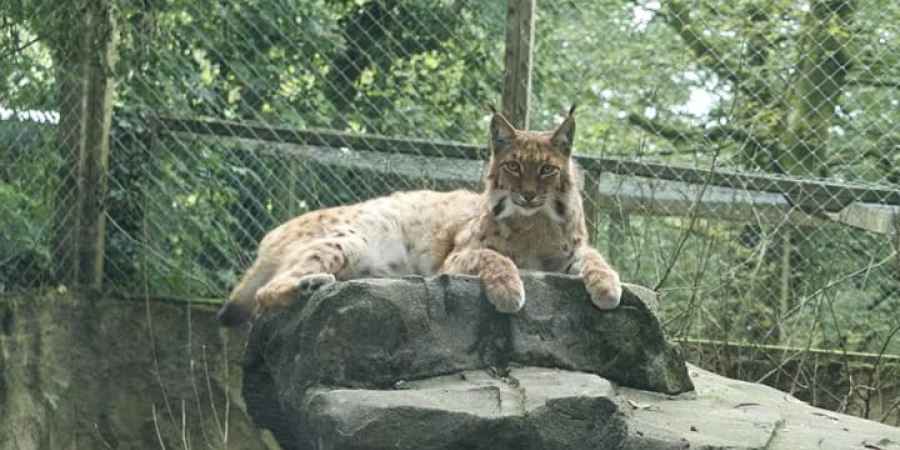

This page is more than three years old.
An exclusive 86 page dossier of controversial top secret evidence for the big cats of Britain has been obtained following a ‘Freedom of Information’ request.
The leaked documents include several previously unreleased photographs, and a detailed email chain between various government agencies (including the police), which proves they KNOW big cats are living wild in the British countryside, and actively investigate big cat reports, whilst also simultaneously SUPPRESSING THE EVIDENCE.
The government department concerned state on their website that they are "committed to publishing all information released in response to Freedom of Information requests", but only published part of the information released, suspiciously omitting this 86 page document from their publication.
Within the pages are a multitude of shocking revelations, including; UNRELEASED PHOTOS OF THE BEAST taken in 2011; testimony from a former police officer that there are at least four big cats living in one area known to him; a government wildlife expert who firmly believes in British big cats; reference to various recent deliberate animal releases in the British wilderness; and the analysis of the carcasses of various prey animals (including photos) suspected to have been killed by big cats (where all known native wild animals were categorically eliminated as suspects).
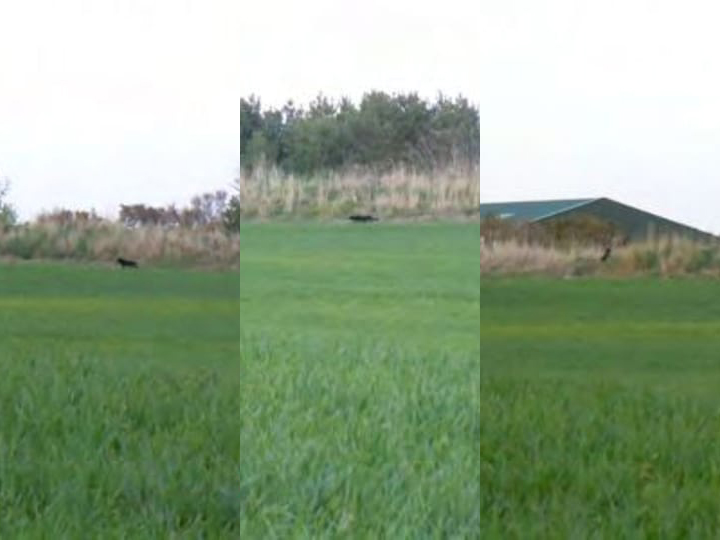
The email chain shows a detailed discussion of a spate of recent "savage" livestock killings, with photographs of a young calf which had had its TAIL TORN OFF by an unknown predator that only left a number of claw marks as clues to its identity – clues which could not have been left behind by a fox or a dog.
In another case from November 2018 experts had found the carcass of a dead ewe which had been dragged 20 yards "up a rock face". The ewe had "two puncture marks on the front of her right shoulder and two at the back", and "the wounds were over three inches apart". A police official agrees with a wildlife expert that they are “inclined to think” this was the work of a cat.
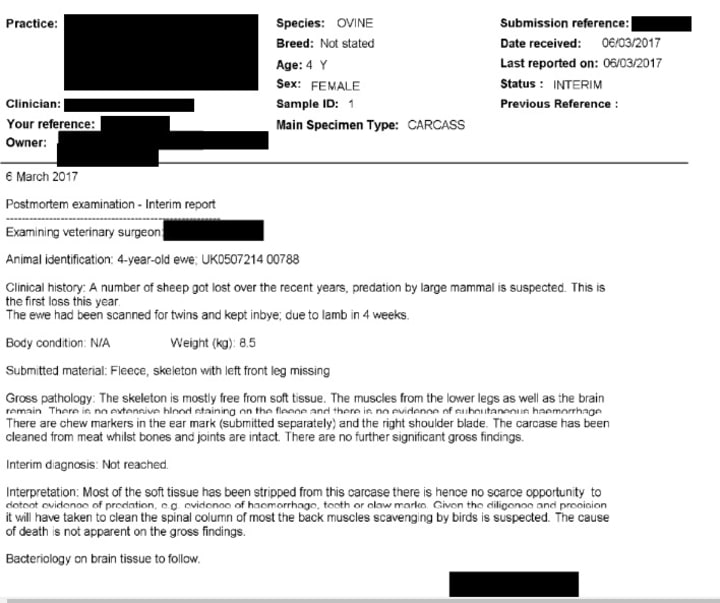
Elsewhere, a sheep farm repeatedly targeted by an unknown predator, lost over 36 sheep at the rate of approximately 2 killed per week.
In the document, one expert says WILD BIG CATS ARE REAL, but "very rare" and that in some cases "there is a risk to livestock and people".
Advertisement ‐ Content Continues Below.
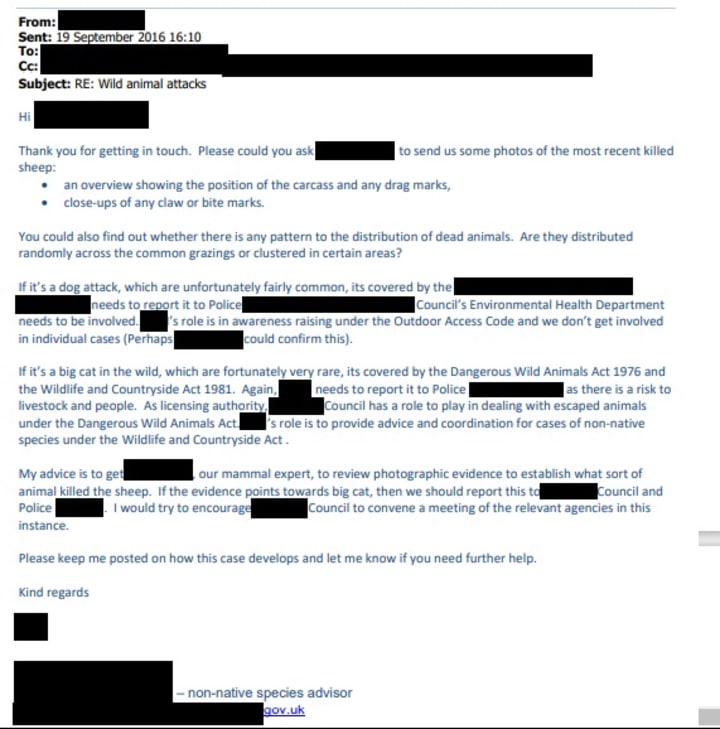
Later, a government wildlife management officer tells a government advisor on non-native species that they "will need to be prepared" for the possibility of "disappearing sheep" being "raised with the Cabinet Secretary".
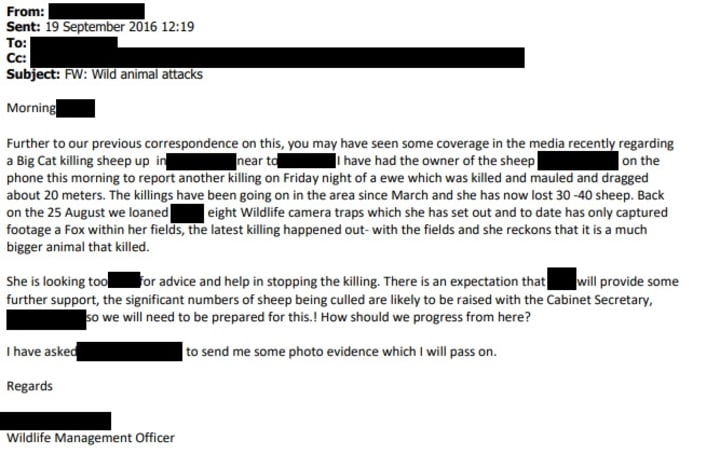
In a more sinister turn, the experts and officials openly and frankly discuss their options for responding to any 'problem' big cats, with one expert stating they "would prefer tranquilizer dart" over live rounds, being met with the firm response from another official of "if it's non-native there's no protection by law", adding "they can shoot it".
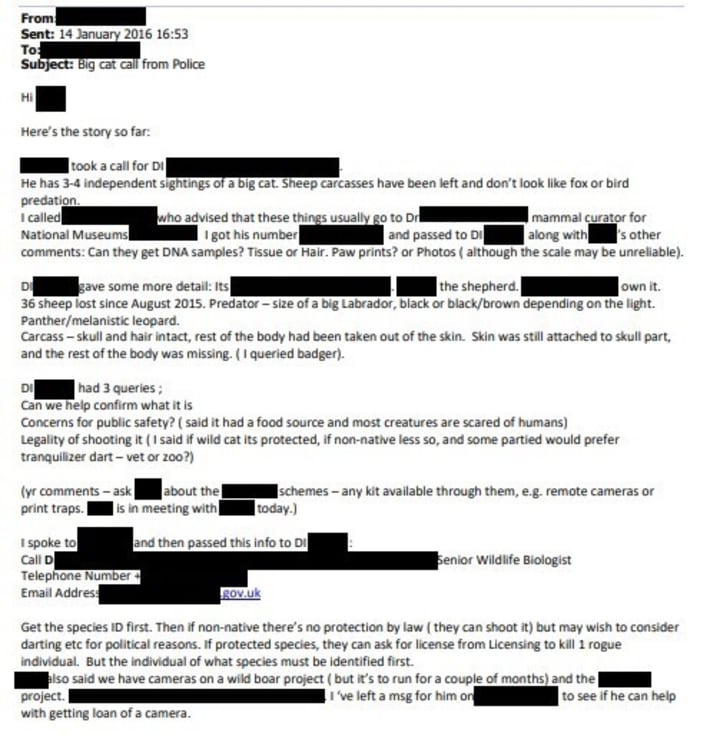
Any "concerns for public safety" linked to big cats on the loose were glossed over with the reassuring sentiment from one detective inspector who said he was "happy that there's not an imminent risk to public safety if it’s well fed" – but without reliable and accurate data on the number of big cats at large and precisely how well fed they are, I fail to see how this can be much of a reassurance – especially since all efforts to collate decent scientific data on the British big cat populations are entirely stalled by the persistent refusal of nearly every establishment and institute of officialdom with a stake in the debate, to outwardly and publicly admit the reality of the situation.

One of the leaked emails reveals that a review of the financial expenditure and resources used by the Norwegian government in compensating their farmers for livestock killed by their native ‘Northern Lynx’ was described as "sobering"; with the additional suggestion that parties in Britain promoting lynx re-introduction programmes should "take this very well documented information into account before making a decision on the re-introduction of these predators" – but also within the 86 pages of emails is evidence that THE LYNX IS ALREADY HERE and has been for "some 30 years!"
Advertisement ‐ Content Continues Below.
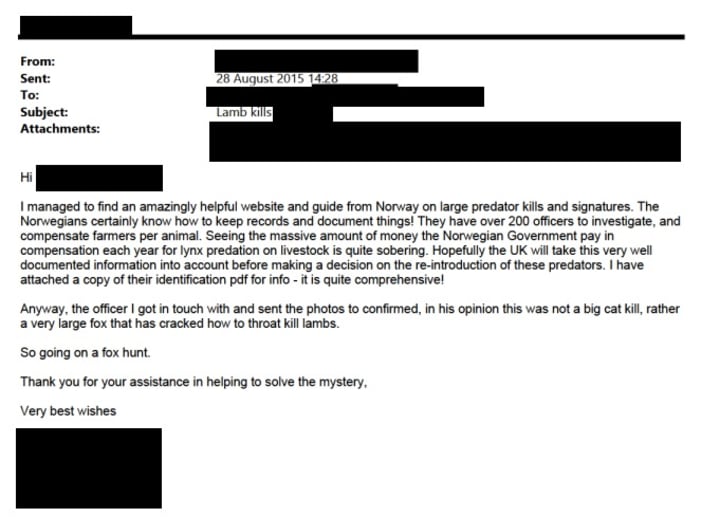
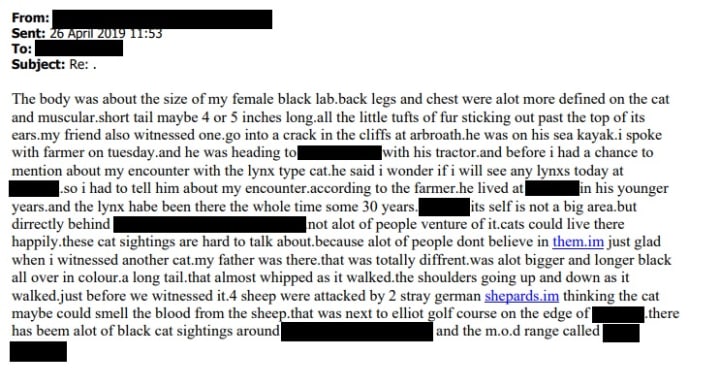
In stark contrast to the details contained within the leaked 86 page document, the 'Department for Environment, Food & Rural Affairs' (DEFRA) responded to a separate Freedom of Information request by declaring that they "do not hold any records of big cat sightings or encounters in the UK".
Leopard At Large?
All this comes after a former sub-contractor to South Somerset District Council (who wishes to remain anonymous) made big cat researchers aware of the case of an alleged escaped leopard from a now closed zoo exhibit in Cricket St. Thomas between the years 2004 and 2005.
She said: "There were modifications and upgrades done on the leopard enclosure around that time. Nobody noticed that the new fence boundary was too close to a tree inside the enclosure and we think the leopard got out by jumping over the fence from the lower tree branches."
"I know it was reported at the time, and I think they tried to recapture the animal but I don’t think they ever saw it again. I don’t think it was even mentioned in the local news at the time, probably because it would panic locals and damage the park’s reputation."
In response to a Freedom of Information request about this alleged incident, South Somerset District Council said: "We have no records of escaped animals from zoo/tourist attractions in the Cricket St. Thomas area for the period requested (or any time)."
Big Cat DNA Laboratory Censorship!?
In southern England, two biological samples collected by wildlife researchers which have been analysed for DNA by a laboratory at a top British university (which cannot be named for legal reasons) have only added to the confusion in the big cat debate.
The samples, collected from two separate locations in the British wilderness, have BOTH been identified as originating from HYBRID animals from the cat family, but in a SHOCKING twist, the laboratory in question is refusing to disclose the parent species for both samples!

Jon McGowan, a wildlife expert who recently scooped a 'Gold Award' in the category of 'Best Performance' at the Fortean Film Festival last month for his role in 'Cat Hunters: The Search for the Beast of Exmoor' said: "Positive DNA results for both puma and leopard have been found in the British wilderness in recent years, and there is also a history of laboratories suppressing these kind of results."
Seemingly there is a desire to maintain an official stance that big cats are not living in our countryside, despite a growing stack of evidence to support claims to the contrary, including; photographs, video footage, thousands of eye-witness reports, dead sheep and deer frequently found over 30ft up trees, forensically verified big cat teeth impressions found on the bones of dead prey animals, forensically verified big cat paw tracks, positive DNA results, bodies of big cats being killed in collisions with vehicles on UK roads, as well as live big cats being captured.
Bodies Of Evidence
One recent case of an escaped exotic cat which made the headlines was that of a Savannah hybrid which was found in an upmarket residential area of London in May of last year, nicknamed the 'Beast of Billionaire's Row'. This came after a lynx escaped from 'Dartmoor Zoological Park', Devon back in July 2016, and another lynx escaped from the 'Borth Wild Animal Kingdom', Ceredigion in October 2017.
Let's not forget the famous case of 'Lara' the lynx either! Back in May 2001, staff from London Zoo and the police worked together to humanely capture a lynx that had been seen roaming a residential part of north London. Initially dubbed the 'Beast of Barnet', the lynx was eventually taken to London Zoo where she was renamed 'Lara'. Lara lived at London Zoo for three years before being transferred to the 'Parc Zoologique du Bois de Coulange' in France, where she sadly passed away in 2009.
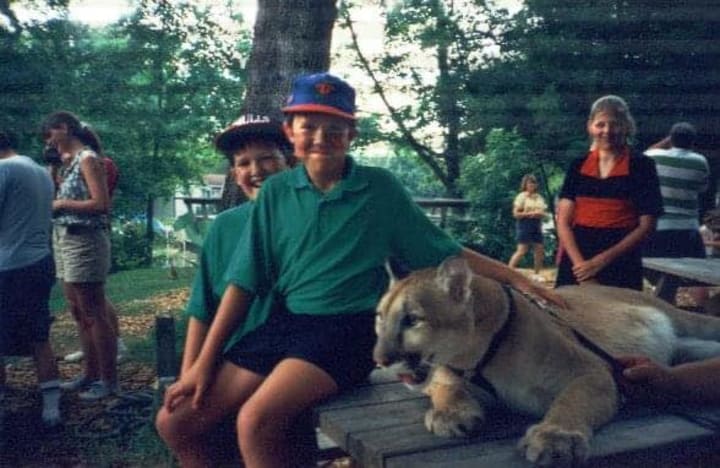
Other examples include:
• A lynx was shot in Devon in 1903. The preserved remains are in the collection of Bristol Museum.
• Three lynx shot and trapped in Inverness-shire after a spate of sheep killings in 1926.
• A small black leopard shot by the authorities after it was sighted by a group of teenagers in the Medway area of Kent in the 1930s.
• In 1963 an escaped cheetah was sighted near Shooters Hill. A huge man-hunt followed but all efforts to capture the animal failed.
• Three young servals allegedly released in 1974 in Wales.
• A puma escaped from a private menagerie in Hereford in 1974. Police scoured the local area for months to recapture or kill the animal without success.
• A black jaguar released into the countryside near Nottingham in 1974.
• Three pumas allegedly released in Dartmoor by Mary Chipperfield in 1974.
• In 1974 a panther and puma were released days apart but in the same location, near the Pennines by Leslie Maiden, a former lion-tamer who once worked for Chipperfield’s Circus.
• In 1975 two jungle cats were at large after escaping their enclosure in an area of Wiltshire.
• A puma released near Snowdonia in 1976.
• A clouded leopard is alleged to have been at large in Canterbury after escaping in 1977.
• A lynx shot in Kintyre in 1980. The body was allegedly buried on a private estate.
• A female puma captured alive by a farmer near Inverness in 1983. Later named ‘Felicity’, this puma lived for the rest of its life at the ‘Highland Wildlife Park’. Her preserved remains can be seen at the Inverness Museum.
• A businessman from the Barnstaple area is alleged to have released a black leopard and a mountain lion in 1983, which some locals believe is the origin of the legend of the ‘Beast of Exmoor’.
• In 1988 a leopard cat was shot after attacking pheasants on an estate near Jedburgh.
• A jungle cat killed on a road near Ludlow in 1989.
• In 1991 a Eurasian Lynx was shot dead in Norfolk.
• It is rumoured a puma was captured in 1993 near Aviemore.
• A tiger is alleged to have escaped from Belfast Zoo in 1994. The tiger was later found dead, apparently drowned in a moat.
• An ocelot was shot and killed on the Isle of Wight in 1994.
• A massive caracal was shot by police marksmen in 1996 in Fintona.
• In 2001 a leopard is reported to have escaped its enclosure in Peterhead.
• A caracal escaped from a wildlife park in Dumfries in 2002.
• A black panther may have been released near Ulster in 2003.
• Another private owner reported releasing a black leopard and a cougar in Antrim in 2003.
The Consequence Of Unequivocal Proof
The majority of British big cat researchers are incredibly worried that any change in the status quo may result in a formal governmental response which will threaten the safety and wellbeing of the big cats of Britain, with a well-documented track record of them ordering localised eradication programmes in recent history.
First in 1983, when the Royal Marines were dispatched to Devon for several weeks to hunt and kill a creature which became known as the ‘Exmoor Beast’; and then two decades later in 2003, armed police were sent into the Welsh mountains for a stake-out which lasted days, after an officer witnessed a farm dog being eaten by a big black cat and a survey carried out by expert animal trackers revealed that up to seven different individual big cats could have been at large in the region at the time.
Former Royal Marine, John Holden was present in Exmoor in 1983 and witnessed his rifle instructor open fire on "a big black cat". He believes the animal was either fatally wounded or scared out of the area following the encounter.
Efforts have been made to contact officers involved in the 2003 eradication programme in the Welsh mountains (some of whom have now retired from the force), but no response has been forthcoming. However, it is clear from this new 86 page leaked document that some government agencies are more than prepared to load their rifles and train their crosshairs on any big cats which may be living in the forests and green rolling hills of the British countryside – a move which would be sure to upset lovers of our British big cat legends and those who have some sympathy for these animals, which were essentially brought to our shores to serve the extravagances of our eccentric ancestors, and which have either escaped, or been released and abandoned to survive off-grid in the remaining fragments of wilderness on our islands, in small but sufficient numbers to persist decades later – a feat worthy of a medal if you ask me, particularly as if true, one can make the argument that these cats are now naturalising, and as such I would be keen to see a review of the classification and the legal protections afforded to any such animals which may be out there.
I certainly do not want to see any harm come to our British big cats, and am sure that many other Brits (and tourists alike) have a fondness for the big cat legends of our islands, so a more pragmatic solution is needed than the simple and flawed mantra of ‘kill the beast’. Seemingly, the biggest hurdle in all this is the awkward absence of open-minded representatives from the institutes and establishments of officialdom in the worlds of British wildlife and nature science who decline to budge from their long-held positions of denial.
Sadly, until a dialogue of common sense can begin which involves all concerned parties, the scientific study of this phenomenon will be stifled, compensation for livestock farmers will not be forthcoming, public education and safety initiatives will be met with ridicule, proper legal protections for the naturalised British panthers and our ‘Lazarus’ population of native European Lynx will not be in place, and the authorities will no doubt continue to play hot-potato and be perplexed (in hushed whispers, behind closed doors) by the occasional ‘problem’ cat.
Further Reading
Dive into the world of the paranormal and unexplained with books by Higgypop creator and writer Steve Higgins.

Encounters
A historical overview of UFO sightings and encounters, from 1947 to modern government reports.
Buy Now
Investigating The Unexplained
Practical advice on conducting paranormal investigations and uncovering the unexplained.
Buy NowMore Like This
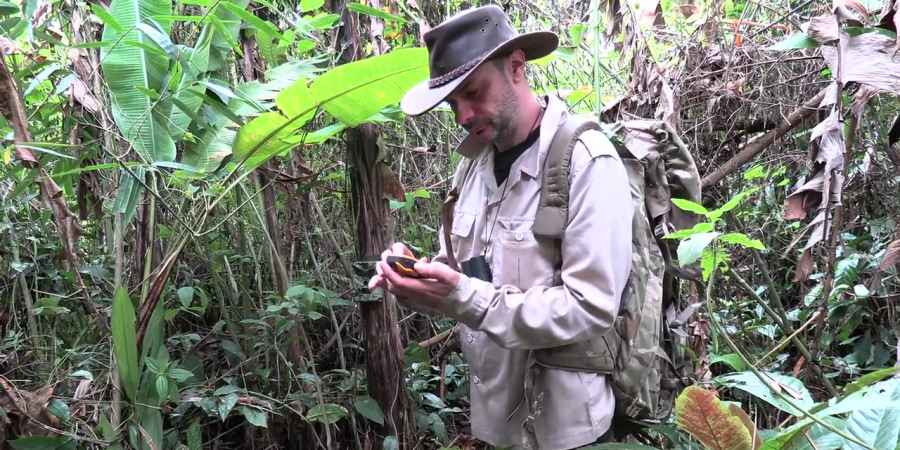
Big CatsMarch 12, 2025
Elusive Orang Pendek & Sumatran Tiger Discovery Captured In Groundbreaking Expedition
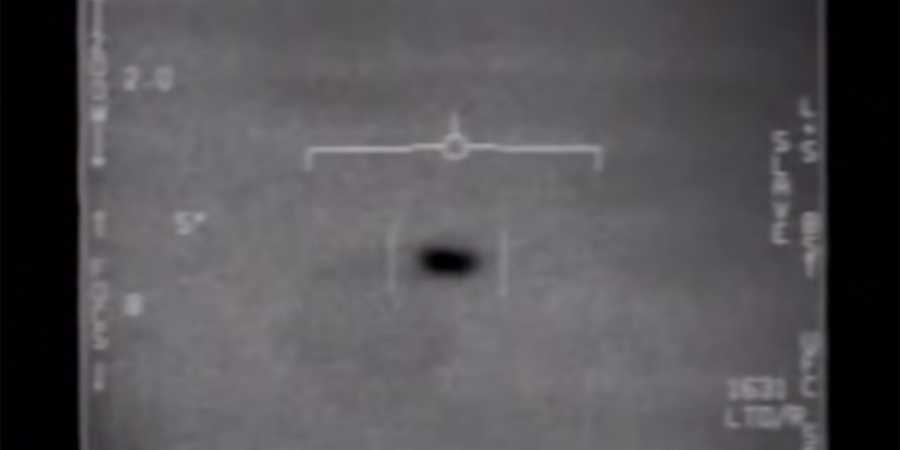
GamesDecember 24, 2024
2024's Year Of UAPs Quiz

ConspiraciesDecember 22, 2024
'The Alien Perspective': The UFO Documentary That Challenges Everything
 See More on Audible
See More on Audible

Comments
Want To Join The Conversation?
Sign in or create an account to leave a comment.
Sign In
Create Account
Account Settings
Be the first to comment.